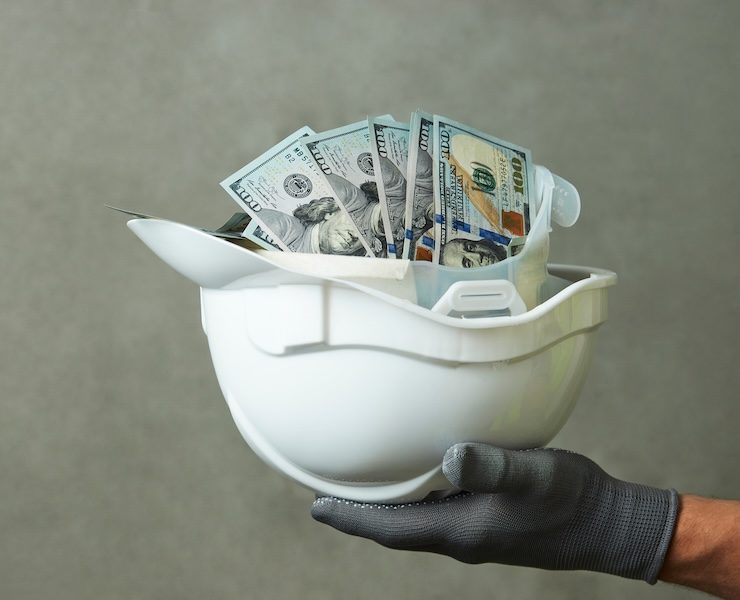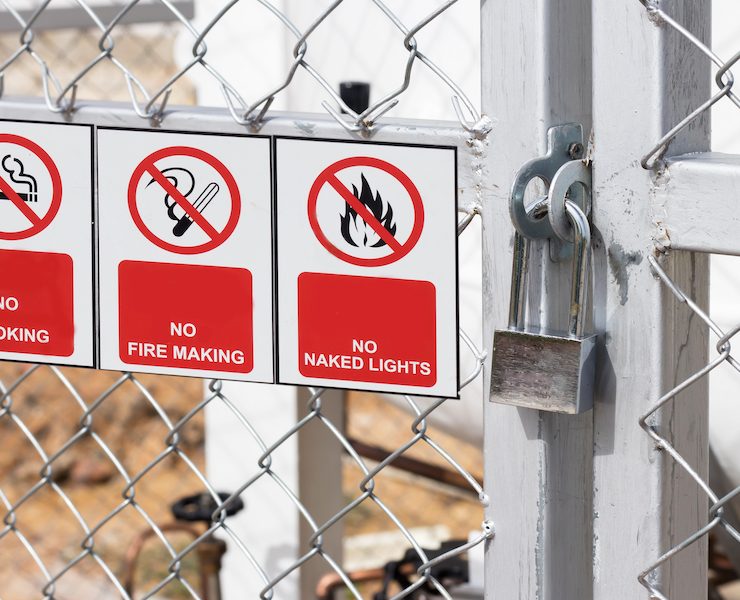The Impact of Water in Hydraulic Systems
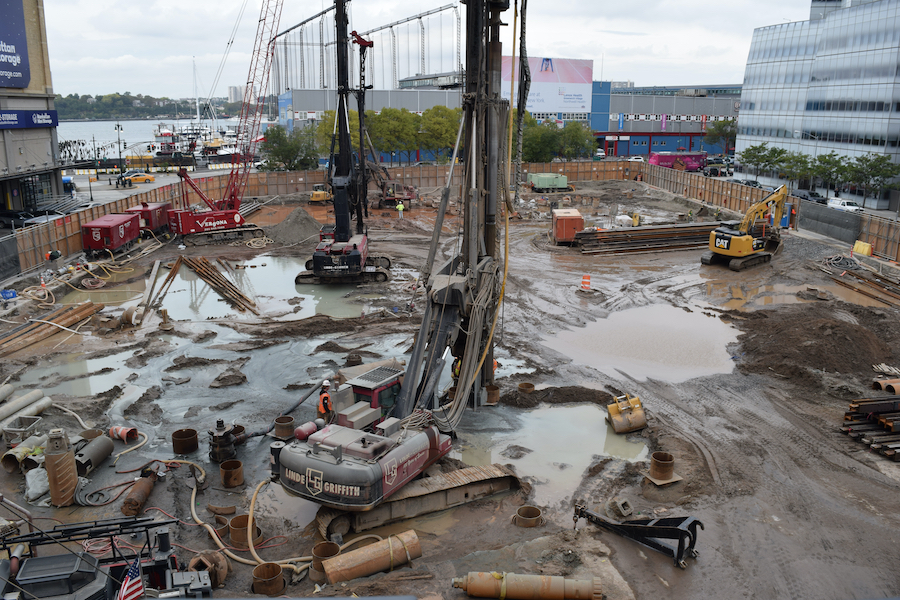

How to Protect Your Equipment Against Water Contamination
View the complete article here.
Even the smallest hydraulic system failure can be very costly in terms of lost productivity, change-out times, and repairs. This is compounded in large-scale operations, such as oil rigs or dredging sites. When a hydraulic system failure occurs, it is commonly blamed on the oil or hydraulic fluid being used, and rightly so, since it is estimated that 90 percent of the time a fluid-related pump failure is due to contamination. However, rather than simply questioning the quality or performance of the fluid itself, it is important to examine how the contamination occurred, what might have been done to prevent it, and how to use the findings to prevent future problems.
According to original equipment manufacturers and tribologists, the number one cause of hydraulic system failure is water contamination. Through a series of chemical reactions, the presence of water in the system creates a corrosive environment, which shortens the life of the pump or other hydraulic system components. While it is impossible to prevent water from getting into your system, there is a series of procedures and protocols that maintenance professionals can implement to measure the amount of water in the system and then work to remove it before a failure occurs.
Sources of Water Contamination
Even under the best circumstances and most controlled environments, it is virtually impossible to prevent water from entering a hydraulic system. Water can seep in through external sources including rain or routine washdowns, through cylinders or leaky seals on external reservoirs. Water can also come from internal sources, including condensation and heat exchangers. For example, a system that is run in hot, humid environments takes in air containing water vapor, which condenses as it cools and remains in the hydraulic system.
This water can be present as dissolved, emulsified or free water. The point at which the fluid cannot hold any more dissolved water is called saturation. Hydraulic fluid saturation points vary based on the fluid base oil and the additives used, as well as operating conditions, including pressure and temperature.
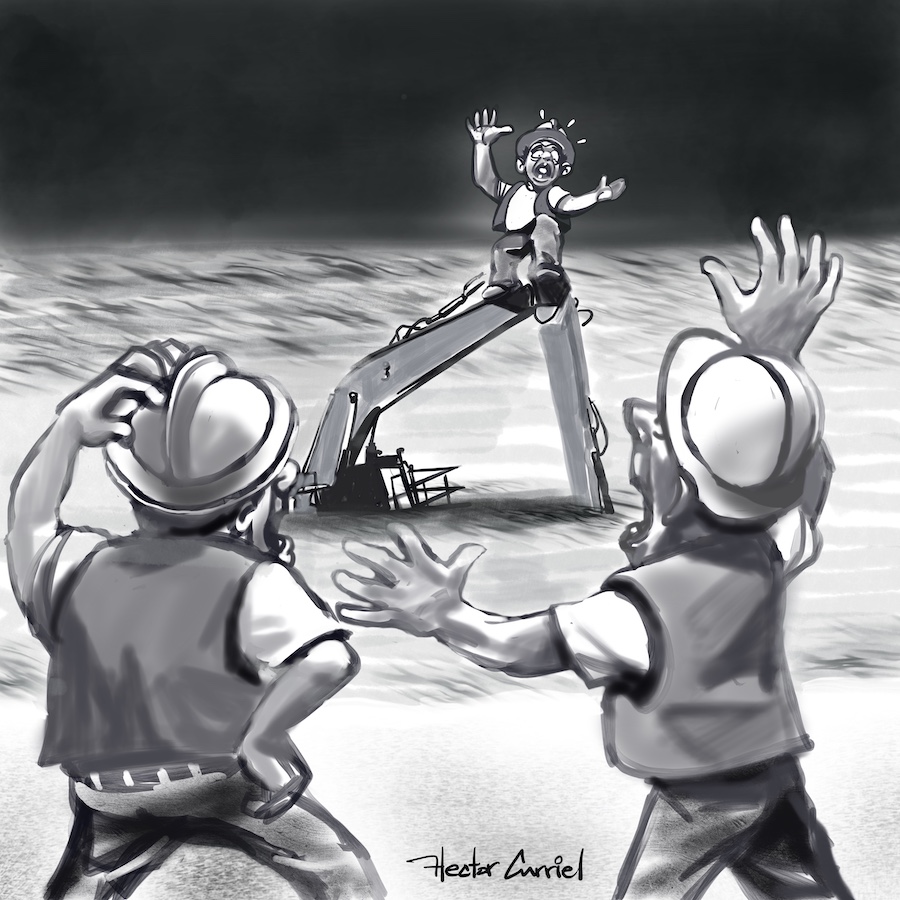
Problems Associated with Water Contamination
One of the tell-tale signs of oversaturated fluid is cloudiness. However, in a closed system, the level of water in the system can be difficult to view or detect until there are problems.
Long before a failure, the following operational problems begin to occur when the saturation point is reached:
- Surface corrosion
- Oxidation – Oxygen molecules in the water can begin chemical reactions to oxidize the fluid, reducing the fluid life.
- Reduced viscosity, lubricity, compressibility and load-carrying capability
- Bearing system damage – Water present in the bearing load can be especially damaging, creating super-heated steam that can cause a mini-explosion within the oil that can damage the fluid and crack bearing surfaces.
- Hydrolysis – Water and heat acting together can also cause the decomposition of ester-based fluids, causing acids to form which wear and corrode system components. Metal can serve as a catalyst for this type of chemical reaction.
- Crystallization – At low temperatures, ice crystals can form, impeding the operation of the system.
- Higher operating temperatures can force the system to work harder and respond more slowly.
- Cavitation – Water can cause vapor pockets to form within the fluid, reducing fluid effectiveness and life.
- Foaming – An excess amount of foaming can result in a slow-responding hydraulic system, as well as cavitation.
- Premature additive depletion or precipitation can reduce the effectiveness of the fluid’s performance.
- Sludge formation – Since water is polar, it is likely to bond with other system contaminants, such as soot, resin and dirt. This can create a sludge that could overwhelm strainers and other filtration measures, restricting oil flow in the system.
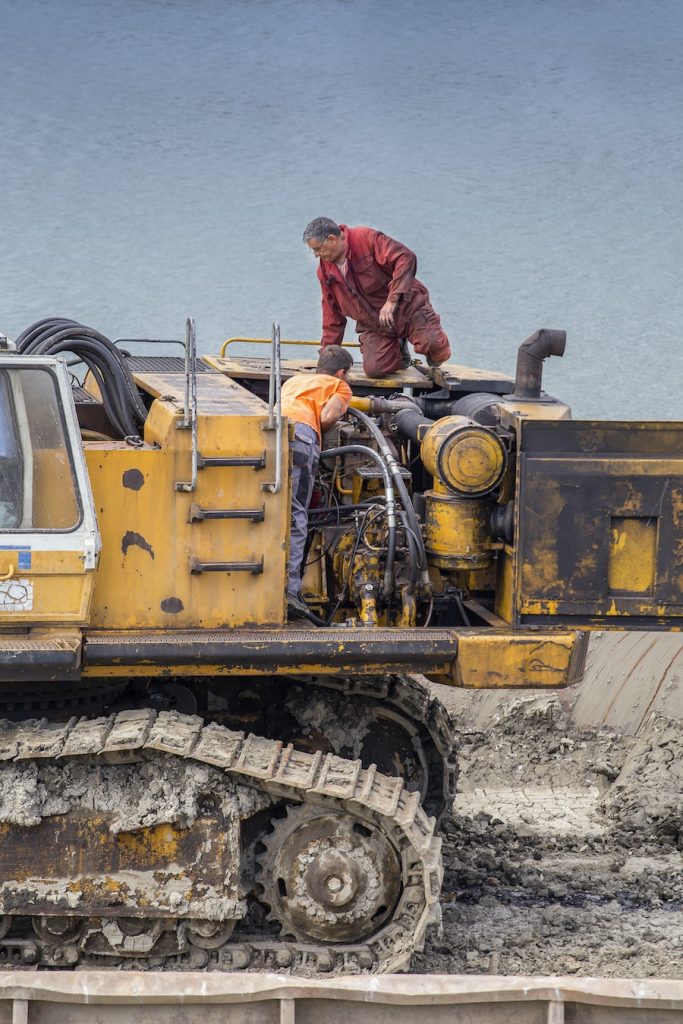
The Impact of Fluid Choice on Water Contamination
The type of lubricant oil or fluid used can have a major impact on water contamination and removing water from a system. Petrochemical based oils and different classes of environmentally acceptable lubricants (EALs) react differently with water. Unlike petroleum-based oils, which do not mix with water, some EALs, including certain hydraulic environmental synthetic esters (HEES) and polyalkalene glycol synthetics (HEPG) are emulsifying, which means they tend to absorb water. Hydraulic Environmental Polyalphaolefin and other synthetic hydrocarbons (HEPRs), on the other hand are demulsifying, which means that they separate water out from the fluid, rather than absorbing it.
Many producers of HEES and HEPG type EALs have claimed that, given their fluids’ ability to emulsify water, there is no need to check for or remove water from the system. However, most OEMs disagree, recommending draining and refilling any fluid once water content exceeds five percent (5%). The industry generally appears to be moving toward wider use of demulsifying lubricants, like HEPRs, which allow water to be easily removed through normal separating methods. In field use, HEPR type EALs generally offer longer drain intervals and enhanced performance, which can result in better total cost of ownership.
Following is summary of the different types of oils and key performance ratings:
Best Practices for Preventing System Failures Related to Water Contamination
Just as a myriad of factors contribute to the breakdown of some hydraulic oils and fluids, there are many steps that can be taken to prevent failures.
- Check fluid levels at least twice a year.
- Implement an oil analysis program. It’s possible to remove the guesswork by checking fluid levels and instituting a rigorous and regular oil sampling and analysis program, which can quantify the level of water present in your fluids, as well as key performance indicators, such as: total acid number, viscosity and lubricity. By routinely testing your fluids, you will be armed with the quantifiable information to take action before a failure occurs.
- Establish regular fluid change out intervals. Even the best fluids will break down over time, so use the data gained through your oil analysis to determine the optimum change out interval for your operating needs. While this may appear to be time-consuming or costly, the upside of doing so far outweighs the negative ramifications of a failure. Be sure to change the fluid filter when changing out the oil.
- Don’t ignore a perpetual leak—no matter how slow it may seem.
- Follow equipment manufacturers’ maintenance and warranty recommendations to the letter—cutting corners will cost you more in the long term.
Help is Available
Minimizing the risk of failures and maximizing the performance of expensive equipment is a large responsibility; and everyone involved, from senior leadership, to engineers, to maintenance professional and field workers, must share in this responsibility. While this may seem daunting, there is a great deal of information and many resources available to help. OEMs have well established product certifications, protocols and guidelines in place, and many fluid manufacturers can offer insight into choosing the right products for your needs. Some fluid manufacturers, such as RSC Bio Solutions, offer oil sampling and analysis programs to help you get a solid understanding of the state of your fluids, their impact on performance, and what you can do to extend fluid and equipment lifecycles.
View the complete article here.
What is the primary cause of hydraulic system failures?
The main cause of hydraulic system failures is water contamination, with its corrosive effects leading to pump and component damage.
How can water be prevented from impacting hydraulic systems?
While it's impossible to entirely prevent water entry, regular fluid level checks, oil analysis programs, and adherence to maintenance practices help detect and remove water before system failures occur.














